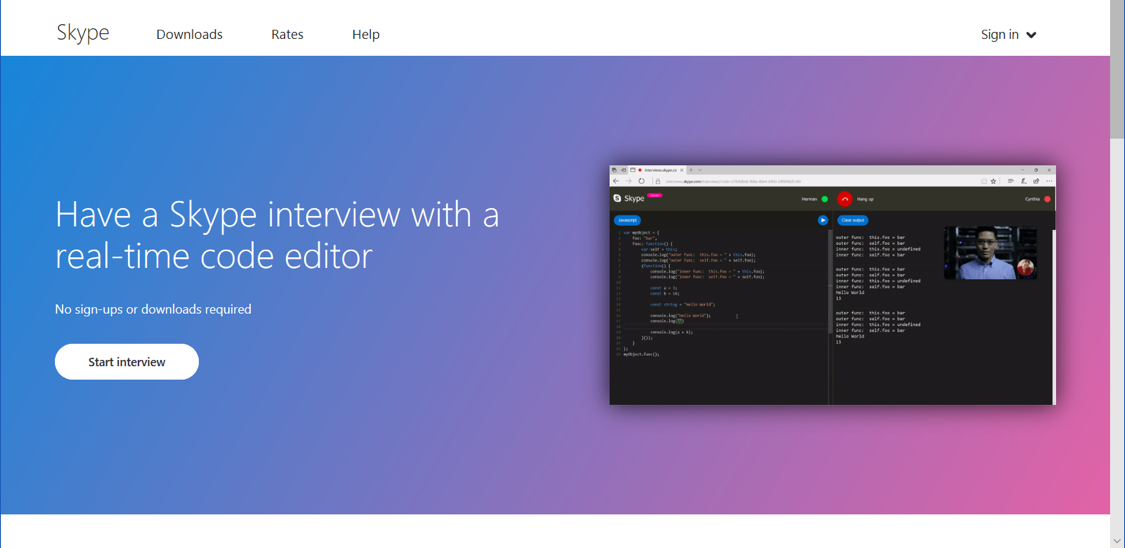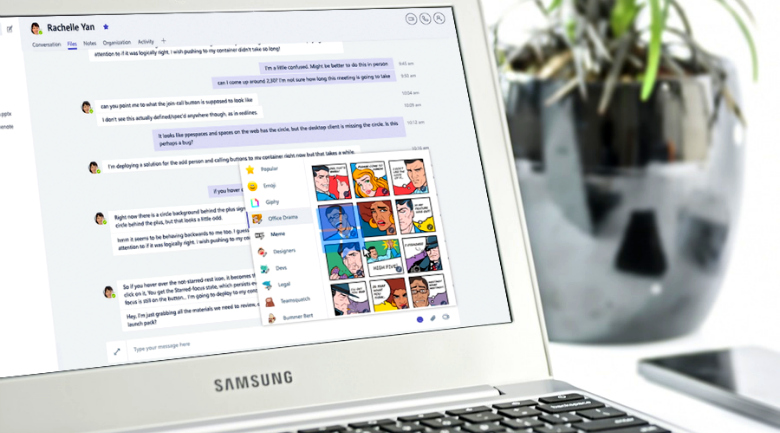The site of many faces
Skype, if you haven’t noticed, is going through a bit of an identity crisis, with three—arguably four, if you count the online version—distinct variations split between the Mac, PC, Windows 10-exclusive, and mobile versions of the program.
![]()
As this split-focus approach continues to develop, keep in mind the potential ramifications of such an approach for your own software.
Identity crisis
It would be reasonable for you to assume that different operating systems’ versions of a program will differ, if only slightly (Mac programs have to be optimized to make use of menu items, while PC programs tend to emphasize other areas).
However, Skype’s main problem comes from allowing for two main programs to be implemented on one platform (in this case, Windows).
The Windows 10 edition of Skype isn’t so different from the standard desktop version of Skype we’ve come to appreciate over the years, but it’s different enough to make fluid implementation a bit of a nightmare.
An F in A/B testing
Of course, A/B testing is a common—and, some would posit, essential—method of choosing which aspects of software to continue developing, and which ones to scrap.
The downside to A/B testing is that it alienates a significant chunk of a technology’s user base from the rest of the user base, however, and that can be a defining factor in how easily an app or service is to implement for a business.
Regrettably, this is the state in which Skype currently resides.
Moving target
Software development is, at best, a moving target. However, when creating a software (or any product, really) for anything other than niche consumption, try to remember these three things:
- Keep it simple. Especially in today’s patently minimalist world, less is always more.
- Keep it consistent. Programs like Slack integrate seamlessly with almost every supported platform, all while maintaining a nearly identical interface.
- Keep it easy. Simplicity does not beget ease of use. Make sure your program is intuitive and (relatively) self-guided.
Note that Slack isn’t a perfect example of software development; far from it. It is pertinent to observe, though, that consistency and an intuitive design go a long way in the tech world—especially when implemented in a program ostensibly designed for large business-like settings.
Don’t learn the hard way
So, if you’re even remotely considering software development in the near future, try to learn from Skype’s example—and head the opposite way.
#Sky-ay-ay
Jack Lloyd has a BA in Creative Writing from Forest Grove's Pacific University; he spends his writing days using his degree to pursue semicolons, freelance writing and editing, oxford commas, and enough coffee to kill a bear. His infatuation with rain is matched only by his dry sense of humor.








































